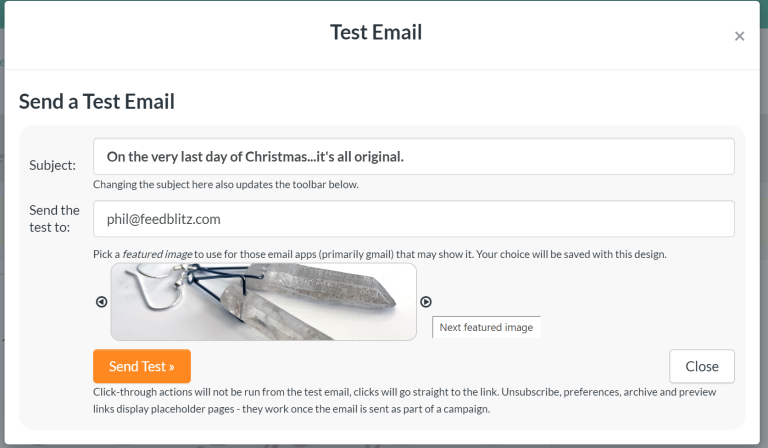INSIDE: With these tips on how to organize Poshmark inventory, you’ll make your business and your life so much easier! Try them out today!
Regardless of how long you’ve been in the reselling game, eventually there will come a time when you can’t find an item that you’ve just sold.
Maybe you have an inventory organization system in place but something isn’t where it should be. Maybe you don’t have an inventory system at all and have no idea where to begin looking for said item.
How to Organize Poshmark Inventory
In today’s post, we’re sharing a few simple tips on how to organize Poshmark inventory. Whether you’re selling on Poshmark, eBay or somewhere else entirely, there’s bound to be a system you can implement.
1. Establish a Workspace for Your Reselling Business
Perhaps the hardest step in developing your inventory system is setting boundaries. Where is the one place you will keep your items?
Things tend to really run amuck when your inventory is spilling over from your office to your garage to your basement to, sadly, your living space. If at all possible, establish a workspace.
If you have a space you can dedicate to your reselling business like an office or basement, use every square inch of space before you start piling items elsewhere. Buy shelving. Get stackable totes. Don’t just consider the flooring space. How can you go up, too?
If the time has come to rent a storage unit or office space, be disciplined in keeping listed inventory in a single location. You are quickly going to be back to where you started if you begin storing some items offsite but then piling up other things at home because maybe you think they will sell quickly. That pile is going to grow out of control again before you know it.
2. Use Numbered Bins
When it comes to knowing how to organize Poshmark inventory, numbered bins are where most resellers start. It’s an easy system to set up. The hardest part will be to remember to write down which tub each item is in as you store it away.
You can do this in a spreadsheet or notebook or use an app like ToteScan, which allows you to put a little QR code on the outside of your bin and list which items are in it. When it’s time to find your item, you simply scan the QR code to find out if the item you are looking for is inside.
Big plastic storage tubs are readily available these days. It’s best to go with a heavy-duty style that can be stacked if necessary. I also recommend choosing a style with as straight up and down sides as possible. Avoiding the tubs that are wider at top and narrower at the bottom will allow you to maximize more space.
And while big tubs may sound appealing, make sure they aren’t too big. You still need to be able to lift them.
I have also seen people simply use the big blue IKEA bags instead of tubs. This is certainly a lighter-weight option. It may not be the best, however, if you need to worry about moisture, smells or other things getting into your goods. Then, it’s best to stick with lidded bins or add bagging to the mix.
3. Use Numbered Bags
Some sellers implement a bagging system to keep items clean, folded and ready to throw into a box when sold. Some even store items in poly mailers so all they need to do is slap the label on when an item sells. Others add bags as another way to find inventory.
With a numbered bagging system, you may choose to always have the same numbered bags in a bin. As an item sells, you remove it from the numbered bag. When you list something new, it goes into the now available bag.
This system works exceptionally well if your items are flat. For example, Tub A includes items A1 through A15. If your items can hold their place in line in the tub, you can find things in a snap. When A10 sells, you already know it’s the 10th item down or back in Tub A. You don’t have to dig through an entire tub.
4. Store Items by Category and Color
Out next tip for how to organize Poshmark inventory is for clothing items that are too bulky to store in bins or may get damaged. This is especially true of shoes and coats. If you have the space available, you may set aside hanging racks for things like dresses and coats. If shoes are your game, shoe shelving is widely available.
You may want to take things a step further, however. While you may know all of your coats are hanging up, you may still spend quite a bit of time flipping through them all if there is no further organization in place. Try keeping together like colors or sizes for easier identification. Time is money. Every minute counts.
5. Store Hard Goods on Shelves
A lot of hard goods are not going to store well in totes. They may not fit. They may get damaged. In this instance, you can implement a numbered shelving system just as you did with the bins. As you list items, each item is assigned to a numbered shelf. As items sell, you know which shelf to head to. You may still need to do a little searching depending on how many items fit on your shelf, but at least you have a head start.
And if you are selling on eBay and already have to weigh your item and provide shipping container dimensions when listing, you can store the item right in that box ready to roll when it sells.
6. Create a Tracking System or Spreadsheet
You can have numbered bins and bags to the moon, but it isn’t going to do you any good if you don’t know which bin or bag to look in. If you have an inventory spreadsheet (which you absolutely should!) where you are already tracking your items, when you bought them, what you paid for them, etc., simply add another column in which you put the item’s number. You can then easily reference this column when the item sells.
If you’re selling on Poshmark, it also has an Additional Details section when listing where you can put a SKU number, Cost Price and Other Info. Unfortunately, at this time this information isn’t so readily available after an item sells, but you can get it by running a sales report. I have also seen sellers simply put a note of the item’s location at the bottom of an item’s description or title. Example: A7.
7. What to Do If You Lost an Item You Sold
Someday, even with the best of efforts for how to organize Poshmark inventory, you may not be able to find an item. Period. No matter how many days you look. When it happens, you have a few options.
Can you buy a replacement elsewhere?
If the missing item is one that’s readily available, you may be able to purchase a replacement. If your mailing time allows, you can have the item mailed to you first. This will give you the opportunity to inspect it before sending it on to your buyer. Having it sent directly to your buyer is an option, but you are taking the risk of the item not being as described. That feedback will inevitably rest on your table anyway, so you may want to consider another option.
Do you have a comparable item?
Perhaps you have a similar item in a different color or pattern. Reach out to your buyer and explain the situation – while apologizing profusely. Ask if they would be interested in another item instead. Perhaps you can sweeten the deal by throwing in another item they were interested in or giving a partial refund if the selling platform allows it.
Cancel the sale
Sometimes you just don’t have any other option than to cancel the sale. How much this will impact your seller rating or rank will depend on the platform and how frequently you do it. Don’t beat yourself up too much. Mistakes happen. Just don’t let them happen too often. Use it as a lesson and move on to the next sale.
How to List and Sell Items Faster on Poshmark
Top Beginner Tips for Selling on Poshmark
Top 10 Tips to Getting Better Deals at Thrift Stores
Now Go Get Organized
If you have an inventory for your reselling business, the time to start organizing it is now. It can be daunting to consider the work ahead, but don’t get discouraged thinking you need to go out and buy a bunch of stuff. Check out Craigslist or local Facebook groups. I often see people selling cheap, or even giving away, pre-loved totes, shelving, etc.
There is no one-size-fits-all system for how to organize Poshmark inventory. You may need to experiment with different options to find one that fits your needs. After all, a system only works if you use it!










